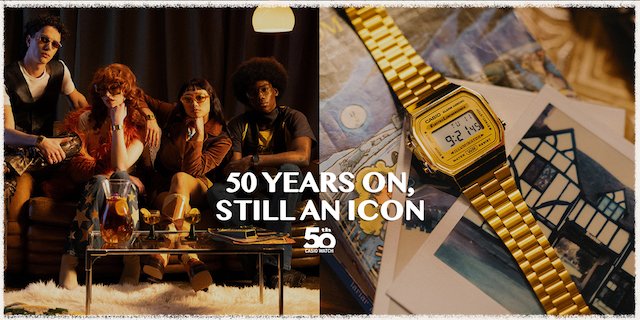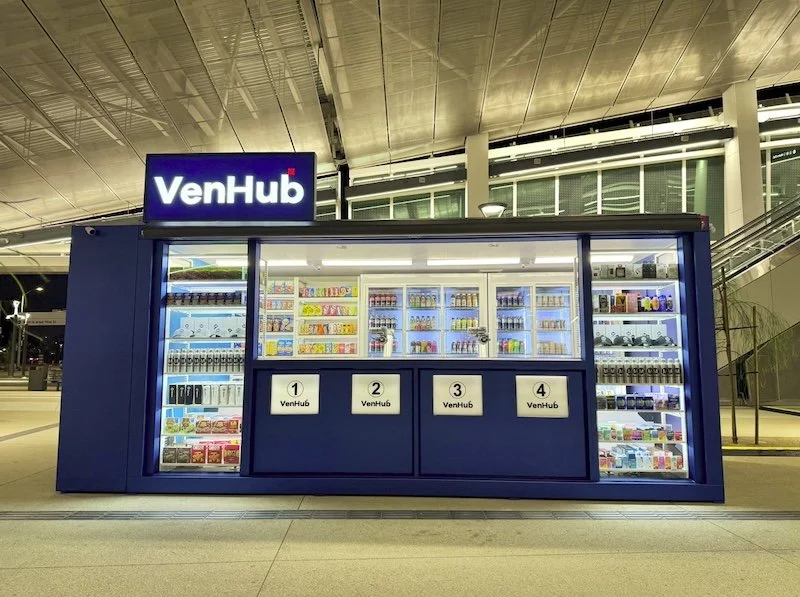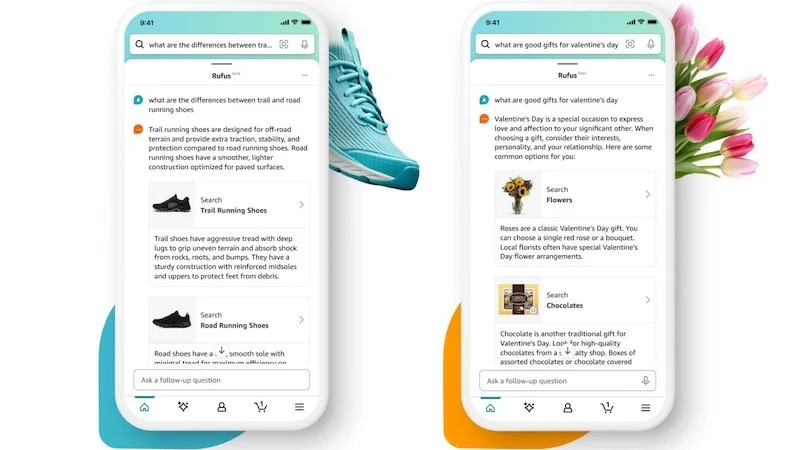Casio taps Nosto technology as it lays claim to 40% conversion rate through smart discount pop-ups
Consumer electronics brand, Casio, has increased conversion rates on its Casio and G-Shock UK sites by using Nosto’s Commerce Experience Platform to personalise the experience for customers buying its watches, calculators, and musical instruments.
With its products sold widely via major high street retailers, Casio wants to encourage browsers on its UK sites to continue buying direct.
It has therefore deployed a retention campaign whereby a smart pop-up containing a unique discount code and product USPs is triggered via Nosto if customers copy-paste product details from the product detail page (PDP) in order to potentially search online for the same product elsewhere.
This is seeing a 40% conversion rate, increasing sales and reducing bounce rates while protecting Casio’s premium brand values by avoiding offering site wide discounts and sales.

“We’ve built up a reputation for providing high quality, original, and useful products, whether through our main Casio brand or our G-Shock range of watches designed for the toughest conditions,” says Monique Green, E-commerce Manager, Casio UK.
“With a large number of retailers stocking our products, our websites have to offer the best possible experience to engage and convert customers.”
“Using Nosto enables us to deliver this seamless experience, increasing sales through innovative campaigns such as smart pop-ups, personalised messaging, recommendations, search, and category merchandising.”
Alongside its pop-up campaigns, the brand is also using Nosto’s Content Personalisation to encourage shoppers to buy through tailored FOMO (Fear of Missing Out) messaging within their PDPs and on cart pages.
For instance, they flag how many times a product being viewed has been bought within the last 24 hours (on the G-Shock site) or viewed (on the Casio site), along with low stock level warnings for both.
To help customers find the right products quickly, Casio is leveraging Nosto’s Product Recommendations.
It also used A/B testing to optimise where these recommendations appear across the site, such as on product listing pages, and when they are triggered, such as when a newer model is available.
This is now driving 26% of sales on the timepiece-only G-Shock site, and 11% of sales on Casio.
With a large range of products and price points, it’s imperative that Casio streamlines the discovery journey for shoppers. As part of this, it recently introduced Nosto’s AI driven Category Merchandising to automatically reorder product listings within category pages based on rules set by the Casio team.
These rules consider the likes of products’ conversion and click-through rates, while also deprioritising the likes of out-of-stock products. With a small team and a large number of products and categories, this reduces the time required for effective merchandising, saving Casio four hours per month.
“We want to shorten the customer’s pathway to the correct watch and that means ensuring the most popular items are at the top of product listing pages, minimising the amount of scrolling that customers have to do, especially on mobile devices,” says Green.
“Using Nosto for category merchandising enables the team to work smarter, avoiding the need to make constant manual changes, freeing up their time for other activities.”
12% of Casio and G-Shock site visitors use search within the buying journey, helping them find the right product from amongst the nearly 500 offered across both sites.
However, Casio’s previous search functionality suffered from a lack of advanced product data processing, meaning it couldn’t provide relevant matches to complex queries unless the team spent time manually linking attributes for each product.
By implementing Nosto’s AI powered Search, it says that it now benefits from hyper-relevant site search that improves product discovery and reduces administration.
Customers can now search on any product attributes, such as colour, shape, or product names. This is especially important given that 75% of site visitors are on mobile devices, where smaller screens make it harder to find products otherwise.






























Continue reading…